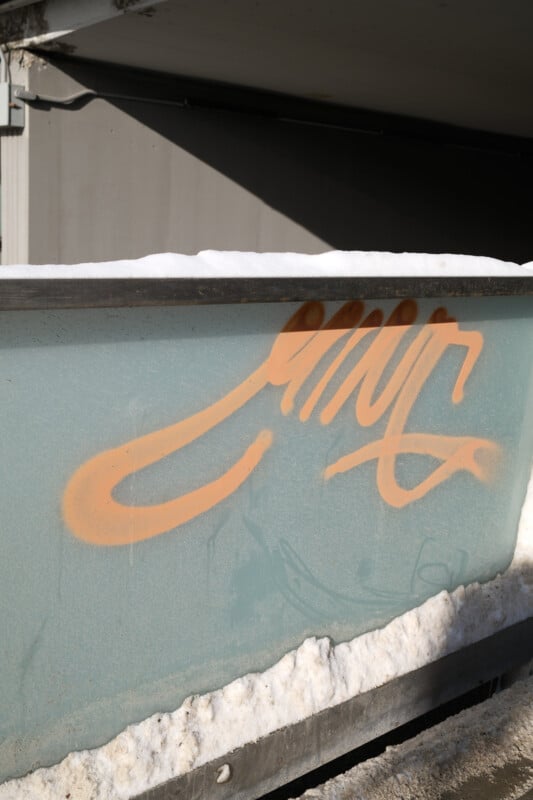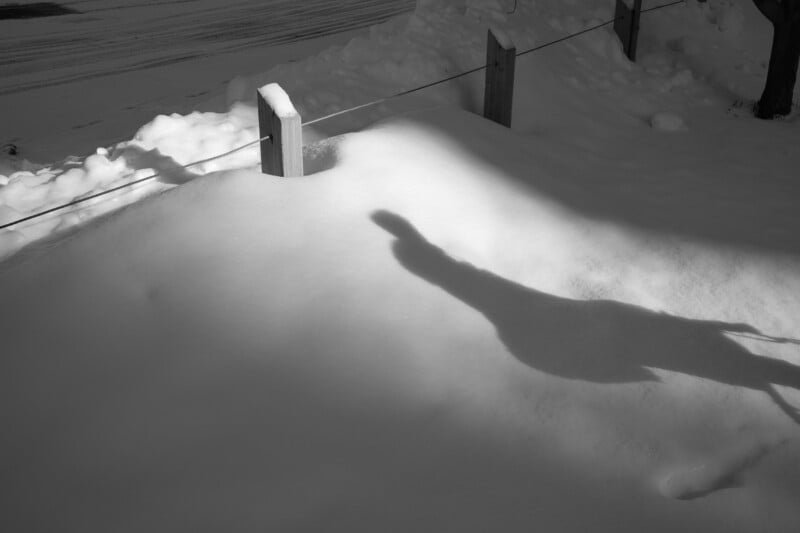Fujifilm X100VI Hands-On: It’s Nearly Everything We Wanted
I’m gonna let you in on a dirty little secret of mine: I never liked the original Fujifilm X100. When it first came out, I was -like many others- enamored by the beautiful styling, but the operation of the camera just never gelled with me. The rather boring — in my opinion — 35mm lens didn’t help things either. It wasn’t until I played with the newly designed X100V that I had my aha moment, and realized the appeal of this camera.

The “V” was a major redesign with a better lens, a very svelte articulating LCD panel, and new film simulation and toning modes. I was on the bandwagon now, and so it seemed was everyone else. It became the most popular X100 camera to date, with a lengthy waitlist for the cameras that couldn’t be produced fast enough. Even now, many people are waiting for an X100V that won’t arrive, because now we have our first looks at the new X100VI.


Fujifilm X100VI: If It Ain’t Broke…
You’d be forgiven for seeing the X100VI and assuming it’s the older model. They look and operate almost identically, with the only visual differences being the badge and the slightly different OVF/EVF switch. Otherwise, we have a lot of the same hardware that we saw before, although the body itself is imperceptibly thicker than the “V” model.
The 35mm full-frame equivalent f/2.8 lens returns and is more than capable of delivering the needed image quality. Even though it has been four years we still get the same 3.69-million dot EVF that we saw on the X100V. You can switch between a full EVF display, a hybrid OVF with a smaller picture-in-picture EVF, or a fully optical viewfinder. There is nothing wrong with this display, mind you, and I still find myself gravitating towards the EVF like I did on the X100V.


We have the same 1.62-million dot LCD panel but it now articulates downwards an additional 15 degrees to facilitate overhead shooting. Just like its predecessor, there is no autofocus joystick present and, unfortunately, we also have the same UHS-I SD card port. This seems like an obvious oversight, especially with the X100VI having a respectable 11 frames per second frame rate with the mechanical shutter and 20 with the electronic shutter. It would have been nice to have a faster slot to extend the time the camera can shoot, especially now that we are dealing with larger file sizes.
The NP-W126S battery returns as well as the same ports and USB connection as the previous model. Yes, you will still need an adapter to go from a 2.5mm to a 3.5mm audio jack if you want to plug in a mic.


Fujifilm X100VI: What Is New
So the body hasn’t changed much, but the internals absolutely have. The 40-megapixel sensor is one of my favorite APS-C sensors and it is now the beating heart of the X100VI. The 23mm f/2 II lens was obviously designed to be future-proof and it handles the new 40-megapixel sensor with aplomb. The perfect way to ensure that the extra megapixels are being fully utilized is to make the camera more stable, and Fujifilm found a way to incorporate an IBIS system rated at six stops. This is the reason for the slightly thicker body and makes the camera incredibly useful for street photography and low-light shooting. We also look forward to testing the IBIS in video mode as it should assist in achieving smooth-looking camera movements. The resulting extra 40 grams of weight is basically unnoticeable.


Another huge upgrade will be the addition of all the new autofocus algorithms. Fujifilm has come a long way in four years and now the X100VI will have improved tracking autofocus, face and eye detection, and all the handy subject-specific detection modes too. Because of the nature of pre-production camera releases, RAW files aren’t accessible yet, so I decided to shoot some Acros black and white JPEGS as well as the new Reala Ace profile which gives natural looking saturation and contrast.
Fujifilm film simulation modes are one of the brand’s iconic features and I love experimenting with them, but I do wish there was a way to limit which ones I won’t use regularly because twenty options is getting difficult to scroll through quickly.


The new sensor does bring about some new video modes to the X100VI. It shoots very similar video as the X-T5 with the ability to record 6.2K video as well as 4K, the latter at up to 60 frames per second. Regular 4K video up to 30 frames per second will suffer no crop but 4K 60 and 6.2K will have a substantial loss in field of view.
The X100VI will record F-log and F-log2, giving fantastic dynamic range to handle difficult scenes. We will not see ProRes recorded internally, however, because the slower SD slot can’t handle the data rate. The relatively slow reading sensor will cause rolling shutter issues as well so it might very well be that the X100VI is better suited to still pursuits rather than recording videos.


Fujifilm X100VI: Still a Timeless Classic
On the outside, the camera has not strayed far from its roots, retaining its elegant good looks, and handy pocket-sized ergonomics. The X100VI is fun to use and looks great on the shoulder, too. What we do get is a substantial improvement in image quality over the X100V, both in terms of sheer megapixels but also in inherent stability. If you are moving up from an older model or taking your first dive into the X100 system, the VI is going to be the best option for a keen photographer. I imagine many prospective buyers who are still waiting for an X100V will not be upset if their preorder gets shifted to a new VI instead.

Videographers might want to try to find an older V model instead if they really prioritize less rolling shutter and don’t like cropped video. One question that arises is the ability of Fujifilm to keep up with demand, as the new X100VI will be very popular. One interesting change that we noticed is the shifting of production from Japan to China, and this may allow Fujifilm to better handle large orders for the X100VI.
Regardless, I am excited to review a full-production version of the X100VI yet I don’t expect there to be any major surprises as most of the technology we are seeing has been around for a while. The Fujifilm X100VI is largely walking the same trail that the X100V forged but I think it will also enjoy the same popularity as well.